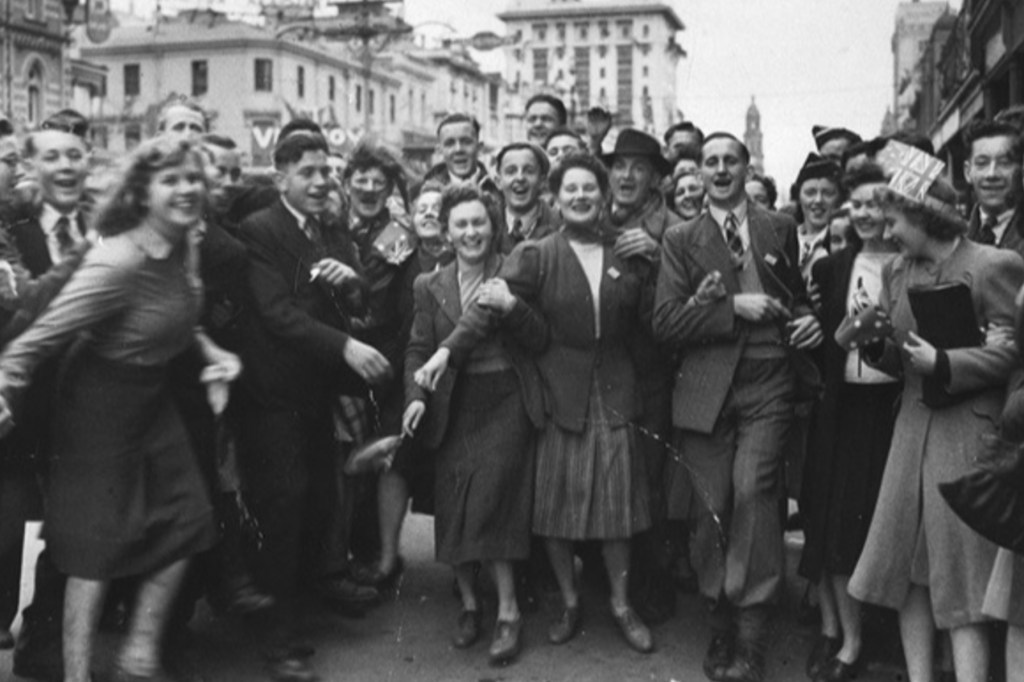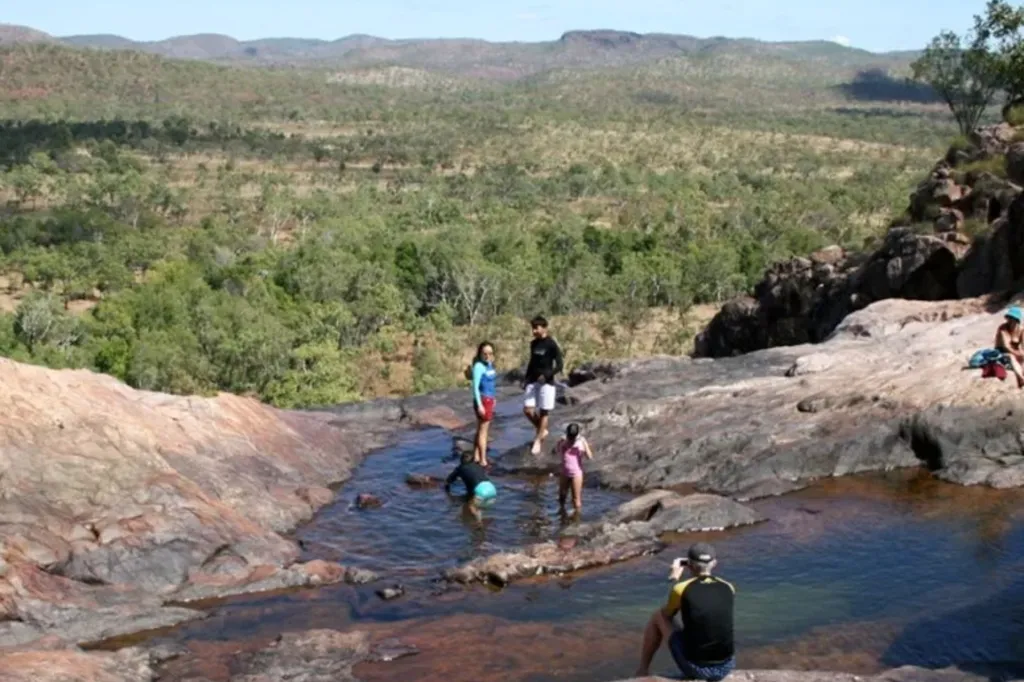Great Barrier Reef coral spawning gets a helping hand
Scientists have used an Australian-made restoration technique called Coral IVF to boost the outcome of the Great Barrier Reef’s annual coral spawning.
The Great Barrier Reef has lit up during its annual coral spawning, the largest event of its kind on the planet.
Scientists gathered on the water in the darkness off the Queensland coast overnight to observe the phenomenon, which is triggered by a full moon and warm water temperatures.
“It’s a critical moment for the reef’s regeneration,” Great Barrier Reef Foundation coral reef restoration director Melissa Rodgers said.
Described by British broadcaster and biologist Sir David Attenborough as “one of the greatest of all natural spectacles”, trillions of eggs and sperm were released into the ocean in what scientists describe as an underwater snowstorm.
You might like
These will fertilise and form larvae that float in the ocean for about a week.
“If these larvae happen to land directly above a coral reef they settle and small portions will develop into new corals,” Australian Institute of Marine Science principal systems engineer Mark Gibbs told AAP.
However, the odds of survival for coral larvae are challenging.
Only one in a million naturally find their way back to the reef, with most swept away by currents or eaten by predators.
Stay informed, daily
So overnight, scientists, traditional owners and local tourism operators joined forces to increase the odds.
They utilised a cutting-edge restoration technique called Coral IVF in the world’s biggest single reef restoration effort.
The process involves capturing coral spawn in floating nursery pools, increasing fertilisation rates 100-fold, and releasing them over the top of coral needing new growth.
This takes the odds of one in a million larvae surviving to about one in 10,000 – a much better outcome.
“What’s unique here is the involvement of tourism operators and marine industries,” Rodgers said.
Stretching more than 2000km and comprising about 3000 individual reefs, the conservation work on the Great Barrier Reef comes as it faces unprecedented stress due to climate change.
In nature, the event is highly complex and synchronised as there are various species of coral in the reef and they’re not meant to cross-breed.
“Spawning takes place over three to four nights with different species of coral spawning on different nights,” Rodgers said.
The collaborative approach to coral IVF was piloted in the Whitsundays during the past four years and expanded to Cairns and Port Douglas for the first time in 2024.
The coral IVF technique was initially developed by Australian scientist Peter Harrison while working in the Philippines and has been adapted for use around the world.




